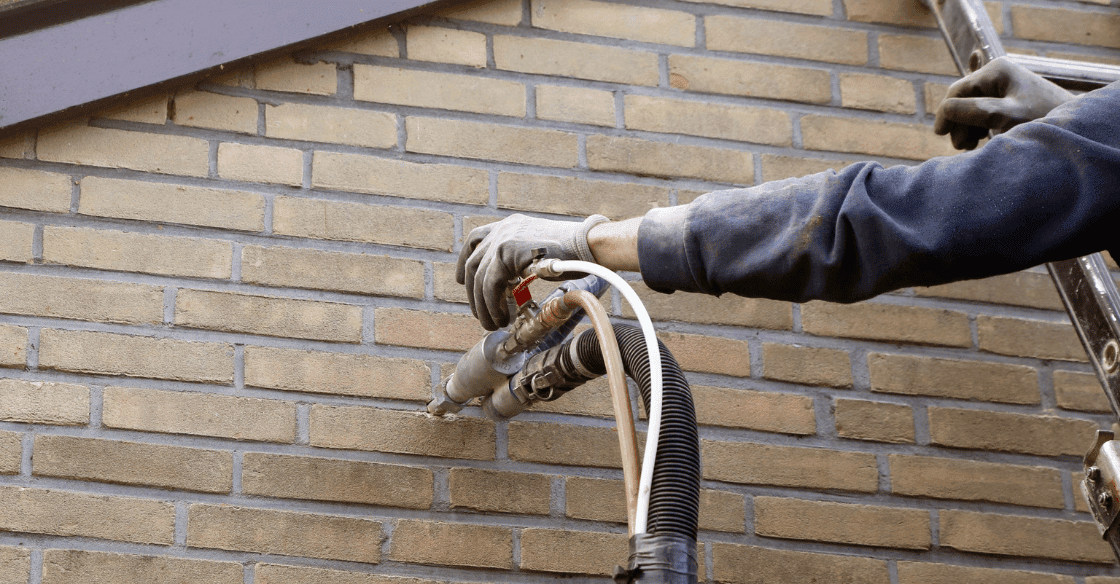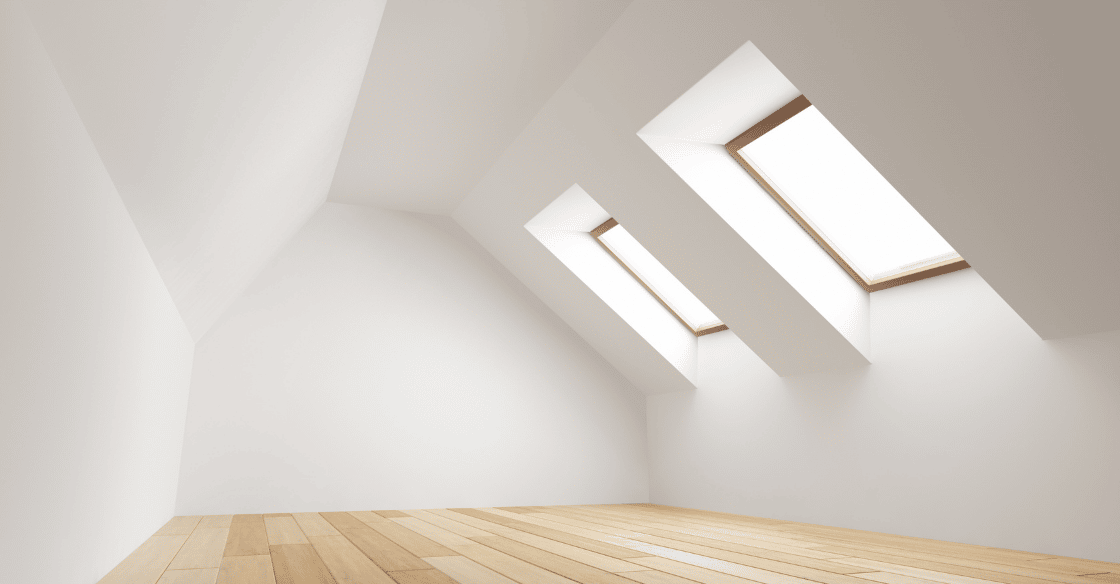There are several reasons you might be curious about soundproof wall insulation. Perhaps you want additional privacy. Or maybe you’re tired of hearing every car down your street. Or maybe, noisy ductwork and plumbing keep you up at night.
Whatever the case, you deserve peace and quiet, and soundproof wall insulation is a way to achieve it.
But what exactly is soundproofing? And how does soundproofing injection insulation prevent noise transfer? Read on to learn more.
What Causes Noise Transfer From Room to Room?
You may not even realize all of the different factors contributing to noise transfer from room to room. Besides the usual suspects, like upstairs traffic, noisy neighbors, or a loud street, other things like ductwork and plumbing can cause excess noise transfer.
One of the biggest culprits isn’t always outside factors but inside factors. For example, if your walls have nothing besides a layer of drywall and studs inside, there will be nothing to prevent noise from traveling from room to room.
What Is Soundproofing?
Soundproofing a room means making it impenetrable to sound. Soundproofing is different from sound-deadening, which reduces the overall transmission of sound into the rooms of your home.
You can achieve soundproofing with soundproof wall insulation. Of course, there are several types of insulation (think: loose-fill insulation, insulation batts, foam board insulation, and more), but in this blog, we’ll dive a little deeper into soundproofing injection foam specifically.
What Is Injection Insulation?
Soundproofing injection foam is simply a resin solution mixed with a foaming agent. The foaming agent turns into an insulating substance when it’s combined with compressed air. As the insulating substance and the compressed air combine, they form a foam which is then injected into your walls.
After the insulation is injected, it can expand as much as 100 times its volume, filling in cavities and cracks, forming around pipes and wires, and covering gaps and crevices. Once the injection insulation is installed, it helps prevent the transfer of noise from room to room. In fact, soundproof injection insulation is so effective that it can reduce sound transmission by 80 percent!

What Are the Benefits of Soundproofing With Injection Insulation?
Soundproof wall insulation options like injection insulation come with several benefits, including:
Increased comfort
Insulation injection works to prevent air leakage by filling in crevices, gaps, and the like. This means that your home will be cooler in the summer and warm in the winter, creating a comfortable temperature year-round.
Lowered utility bills
Soundproofing your home with injected insulation makes it easier to control the overall temperature throughout your home while using less energy in the process. This results in less energy usage meaning less money spent on your utility bills.
Easy installation
Soundproofing injection foam is particularly easy to install. Injected insulation is applied through small holes drilled into the wall, easily patched up once the installation is over. In addition, there is much less mess than with other types of insulation.
Longevity
Compared to other types of insulation, injection insulation tends to last longer. In fact, when injection insulation is properly installed, it can last for as long as most families are likely to live in their homes. According to the International Association of Certified Home Inspectors, that’s at least 30 years but potentially up to 80 years.
Better for the environment
Speaking of energy-saving, soundproofing your home with injected insulation is a better option for the environment. Insulation doesn’t require outside energy resources to work, such as electricity or water, which means it has little effect on the environment.
How Is Soundproof Wall Insulation Installed?
As we discussed, one of the benefits of soundproofing injection foam is that the installation process is easy. If you’re considering soundproofing your home with injection foam, the good news is soundproofing injection insulation for existing walls ensures your drywall doesn’t need to be torn down.
The installation crew will typically begin by removing a panel of siding from a specific room. From here, they will drill a hole into the stud cavity and inject the phone. Once the cavities are filled with foam, the crew will close the hole and replace the siding.
You can also use soundproofing injection foam for the ceiling, which is a great option if you have a multi-level home or want your attic to be sealed off from the rest of your home.
Learn More About Soundproof Wall Insulation with Attic Projects
Soundproofing is just one reason an insulation injection is a great option for homeowners. Besides getting the peace you’ve been dreaming of, insulation injection will also help reduce your energy costs, increase your home’s comfort, and more.
At Attic Projects, we install injected insulation in attics and crawl spaces throughout the Seattle area. Our team of expert technicians can help you determine your insulation needs and produce cost-effective, safe, and energy-efficient solutions. Contact us to get a free estimate on insulation injection or any of our other services.




